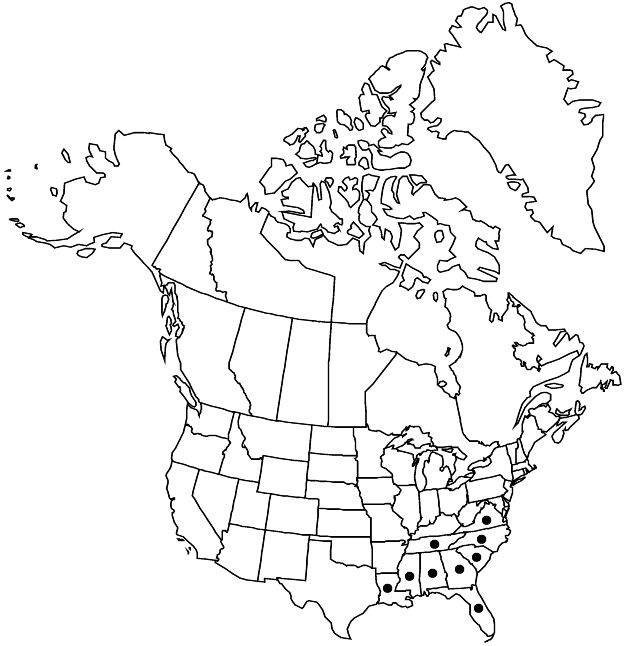Difference between revisions of "Hypericum nudiflorum"
Sp. Pl. 3: 1456. 1802.
FNA>Volume Importer |
FNA>Volume Importer |
(No difference)
| |
Revision as of 20:14, 24 September 2019
Subshrubs, erect, usually loosely branched with branches ascending, 5–20 dm. Stems: internodes narrowly 4-winged at first, then terete. Leaf blades ovate-lanceolate or elliptic to linear-oblong, 30–70 × 7–25 mm, base not articulated, cuneate to subcordate, margins plane, apex obtuse to rounded, midrib with to 6 pairs of branches. Inflorescences corymbiform to rounded-pyramidal, 7–45-flowered, narrowly branched, sometimes with 1–7(–40)-flowered dichasia from 1–3 proximal nodes. Flowers 15–20 mm diam.; sepals deciduous, not enclosing capsule, 5, oblanceolate-spatulate to narrowly triangular, unequal to subequal, 2–5 × 1–1.5 mm; petals 5, pale or coppery yellow, oblanceolate-oblong to elliptic-oblong, 6–8(–10) × 3–4 mm, length 2–3 times sepals; stamens persistent, 80; ovary 3(–4)-merous, placentation incompletely axile. Capsules broadly ellipsoid to ovoid-globose, 3.5–7 × 3–5 mm. Seeds markedly carinate, 1.5–2 mm; testa ± scalariform-reticulate. 2n = 18.
Phenology: Flowering summer (Jun–late Aug).
Habitat: Stream banks, moist woodland, swamps
Elevation: 0–1000 m
Distribution

Ala., Fla., Ga., La., Miss., N.C., S.C., Tenn., Va.
Discussion
See under 15. Hypericum apocynifolium for differences between it and H. nudiflorum, which has a more eastern distribution. Records from Texas probably are referable to H. apocynifolium.
Hypericum nudiflorum probably is now extirpated in Louisiana.
Selected References
None.